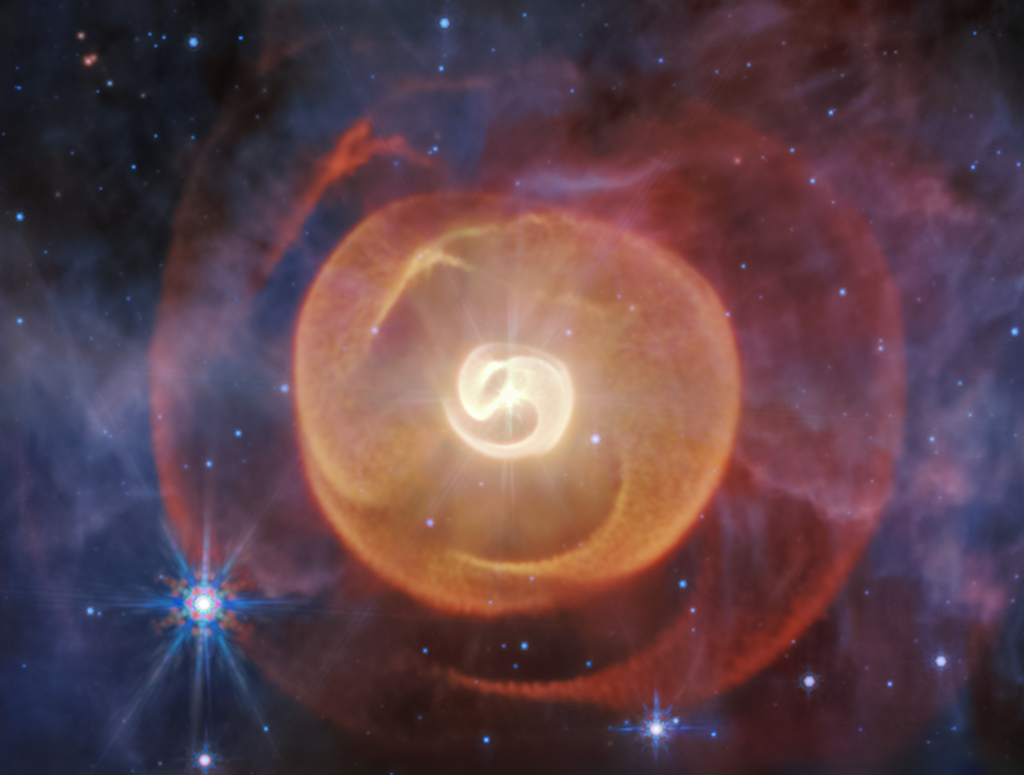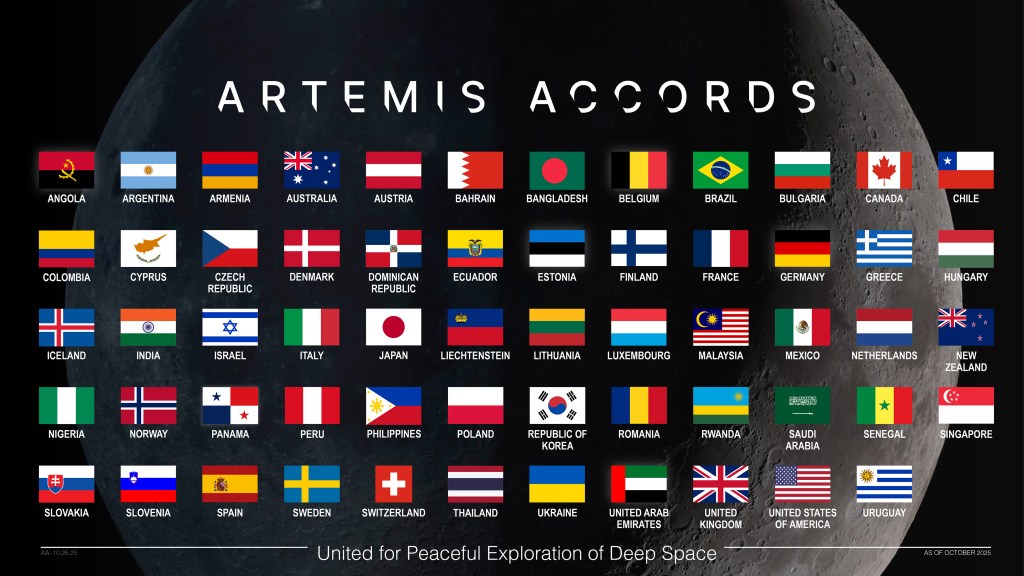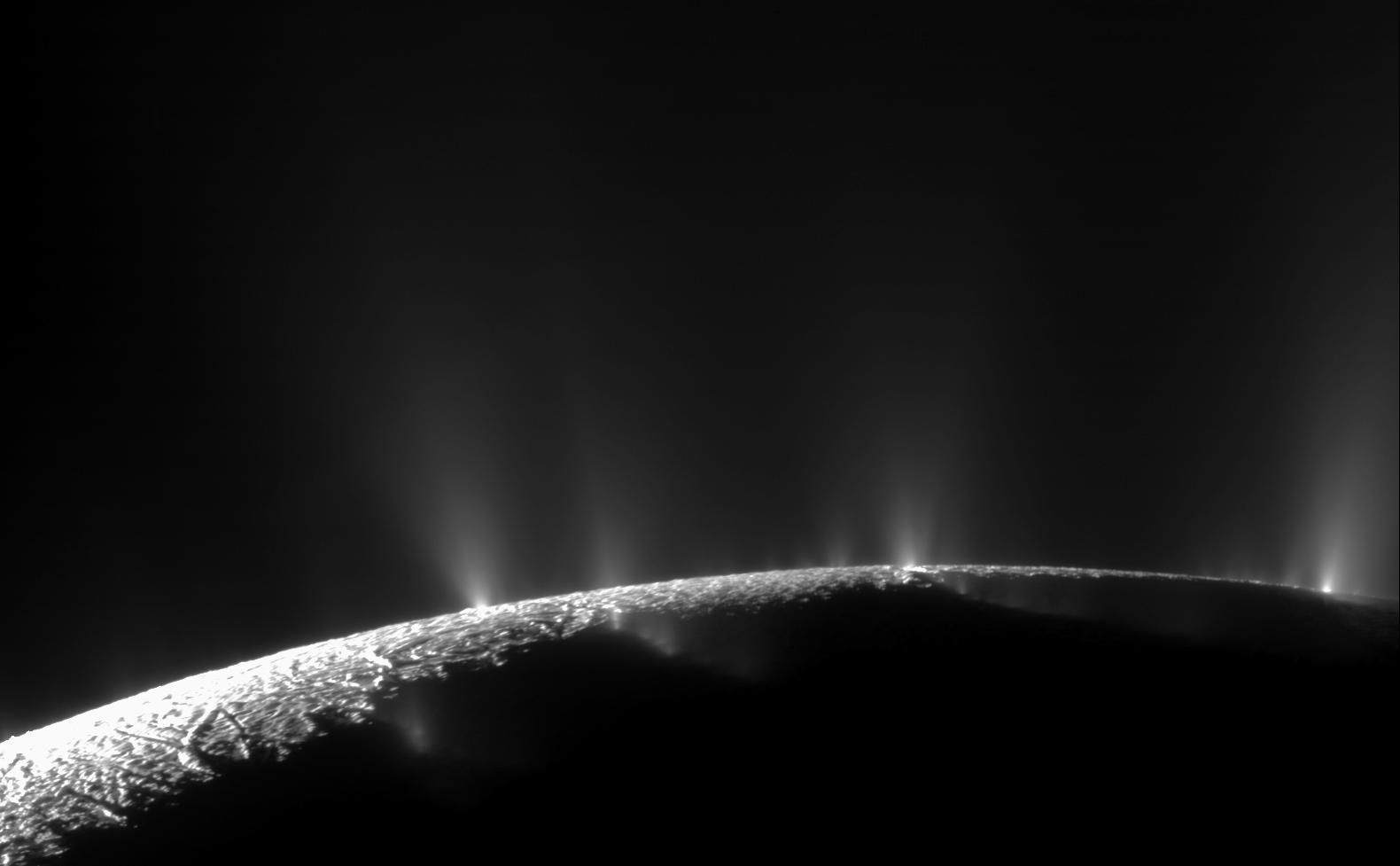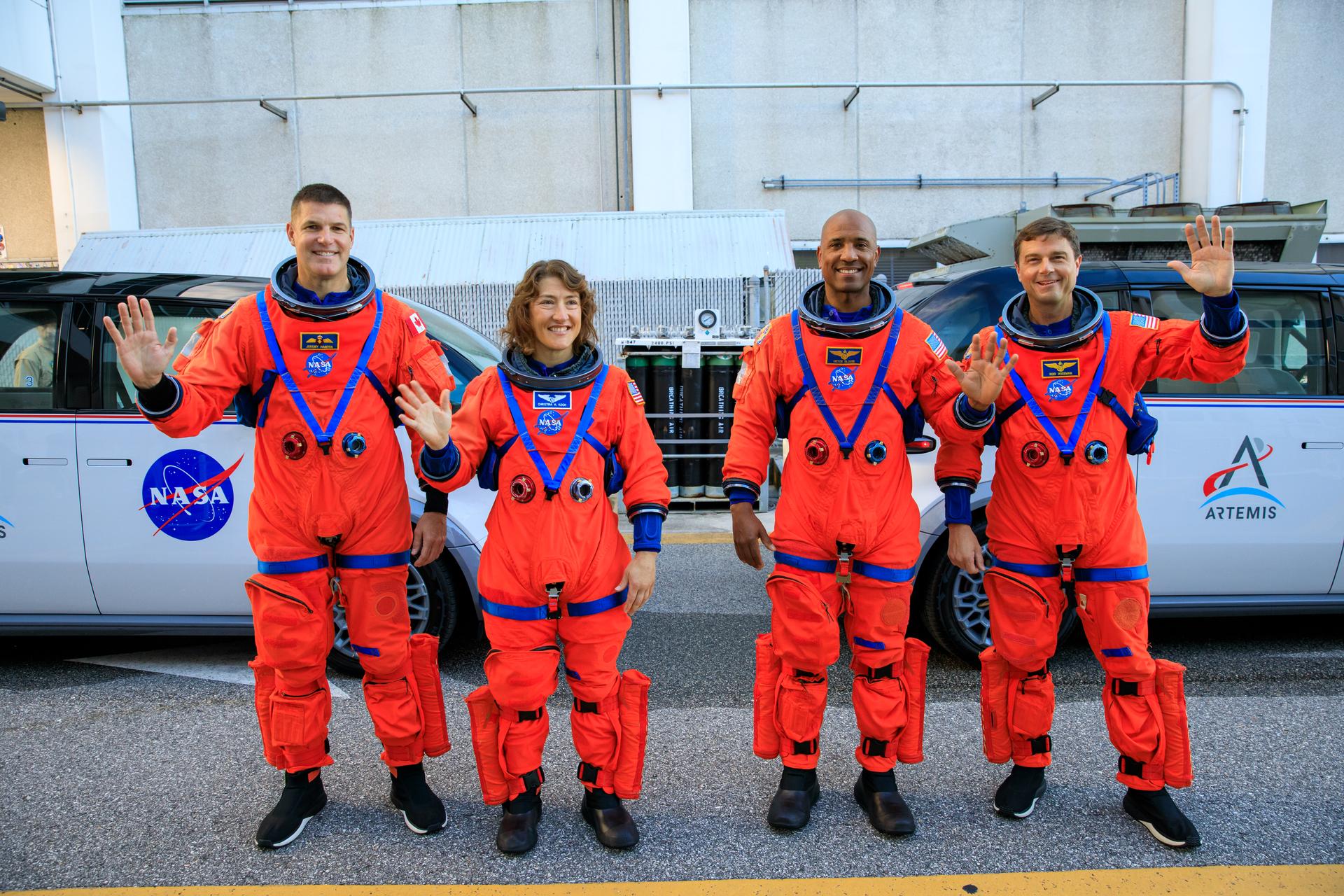1 min read
Gomez’s Hamburger: A Sun-Like Star Near the End of Its Life

Hold the pickles; hold the lettuce. Space is serving up giant hamburgers. NASA's Hubble Space Telescope has snapped a photograph of a strange object that bears an uncanny resemblance to a hamburger. The object, nicknamed Gomez's Hamburger, is a sun-like star nearing the end of its life. It already has expelled large amounts of gas and dust and is on its way to becoming a colorful, glowing planetary nebula.
The ingredients for the giant celestial hamburger are dust and light. The hamburger buns are light reflecting off dust and the patty is the dark band of dust in the middle. The Hubble Heritage image, taken Feb. 22, 2002, with the Wide Field Planetary Camera 2, shows the structure of Gomez's Hamburger with high resolution, particularly the striking dark band of dust that cuts across the middle. The dark band is actually the shadow of a thick disk around the central star, which is seen edge-on from Earth. The star itself, with a surface temperature of approximately 18,000 degrees Fahrenheit (10,000 degrees Celsius), is hidden within this disk. However, light from the star does emerge in the directions perpendicular to the disk and illuminates dust above and below it.
The reason why the star is surrounded by a thick, dusty disk remains somewhat uncertain. It is possible that the central object is actually a pair of stars. If so, then the star that ejected the nebula may be rapidly rotating, expelling material mostly from its equatorial regions.
Stars with masses similar to our Sun's end their lives as planetary nebulae. The star evolves to become a bloated red giant, with a girth about 100 times greater than its original diameter. Then it ejects its outer layers into space, exposing the star's hot core. Ultraviolet radiation from the central core streams out into the surrounding ejected gas, causing it to glow. The glowing gas is called a planetary nebula. The Hubble Space Telescope has provided numerous spectacular images of planetary nebulae over the past several years, including the Ring Nebula and several others that have been released in the Hubble Heritage series.
Less well known are "proto-planetary nebulae," objects like Gomez's Hamburger that are in a state of evolution immediately before the true planetary-nebula stage. Just after the red giant expels its outer layers, the remnant star in the center is still relatively cool. Consequently, it emits ordinary visible light, but very little ultraviolet radiation. Therefore the surrounding gas does not glow. However, the ejected material also contains vast numbers of microscopic dust particles, which can reflect the starlight and make the material visible. This same effect of light scattering produces halos around streetlights on a foggy night.
The lifetime of a proto-planetary nebula is very brief. In less than a thousand years, astronomers expect that the central star will become hot enough to make the dust particles evaporate, thus exposing the star to view. At that time the surrounding gas will glow. Gomez's Hamburger will have become a beautiful, glowing planetary nebula.
Gomez's Hamburger was discovered on sky photographs obtained by Arturo Gomez, an astronomer at the Cerro Tololo Inter-American Observatory in Chile. The photos suggested that there was a dark band across the object, but its exact structure was difficult to determine because of the atmospheric turbulence that hampers all images taken from the ground. Gomez's Hamburger is located roughly 6,500 light-years away in the constellation Sagittarius.
About the Object
- R.A. PositionR.A. PositionRight ascension – analogous to longitude – is one component of an object's position.18h 9m 13.3s
- Dec. PositionDec. PositionDeclination – analogous to latitude – is one component of an object's position.-32° 10' 48.0"
- ConstellationConstellationOne of 88 recognized regions of the celestial sphere in which the object appears.Sagittarius
- DistanceDistanceThe physical distance from Earth to the astronomical object. Distances within our solar system are usually measured in Astronomical Units (AU). Distances between stars are usually measured in light-years. Interstellar distances can also be measured in parsecs.We estimate, very approximately, that the distance to Gomez's Hamburger is about 2,000 parsecs (about 6,500 light-years)
About the Data
- Data DescriptionData DescriptionProposal: A description of the observations, their scientific justification, and the links to the data available in the science archive.
Science Team: The astronomers who planned the observations and analyzed the data. "PI" refers to the Principal Investigator.Principal Astronomers: A. Gomez (CTIO) Hubble Heritage Team: K. Noll, H. Bond, T. Borders, C. Christian, L. Frattare, F. Hamilton, J. Lee, Z. Levay, E. Masiello, P. Royle (STScI) - InstrumentInstrumentThe science instrument used to produce the data.HST>WFPC2
- Exposure DatesExposure DatesThe date(s) that the telescope made its observations and the total exposure time.February 22, 2002, Exposure Time: 32 minutes
- FiltersFiltersThe camera filters that were used in the science observations.F675W (R), F555W (V), F450W (B)
- Object NameObject NameA name or catalog number that astronomers use to identify an astronomical object.Gomez's Hamburger, IRAS 18059-3211
- Object DescriptionObject DescriptionThe type of astronomical object.Proto-Planetary Nebula
- Release DateAugust 1, 2002
- Science ReleaseHubble Astronomers Feast on an Interstellar Hamburger
- CreditNASA and The Hubble Heritage Team (STScI/AURA); Acknowledgment: A. Gomez (Cerro Tololo Inter-American Observatory)

Share
Details
Claire Andreoli
NASA’s Goddard Space Flight Center
Greenbelt, Maryland
claire.andreoli@nasa.gov































